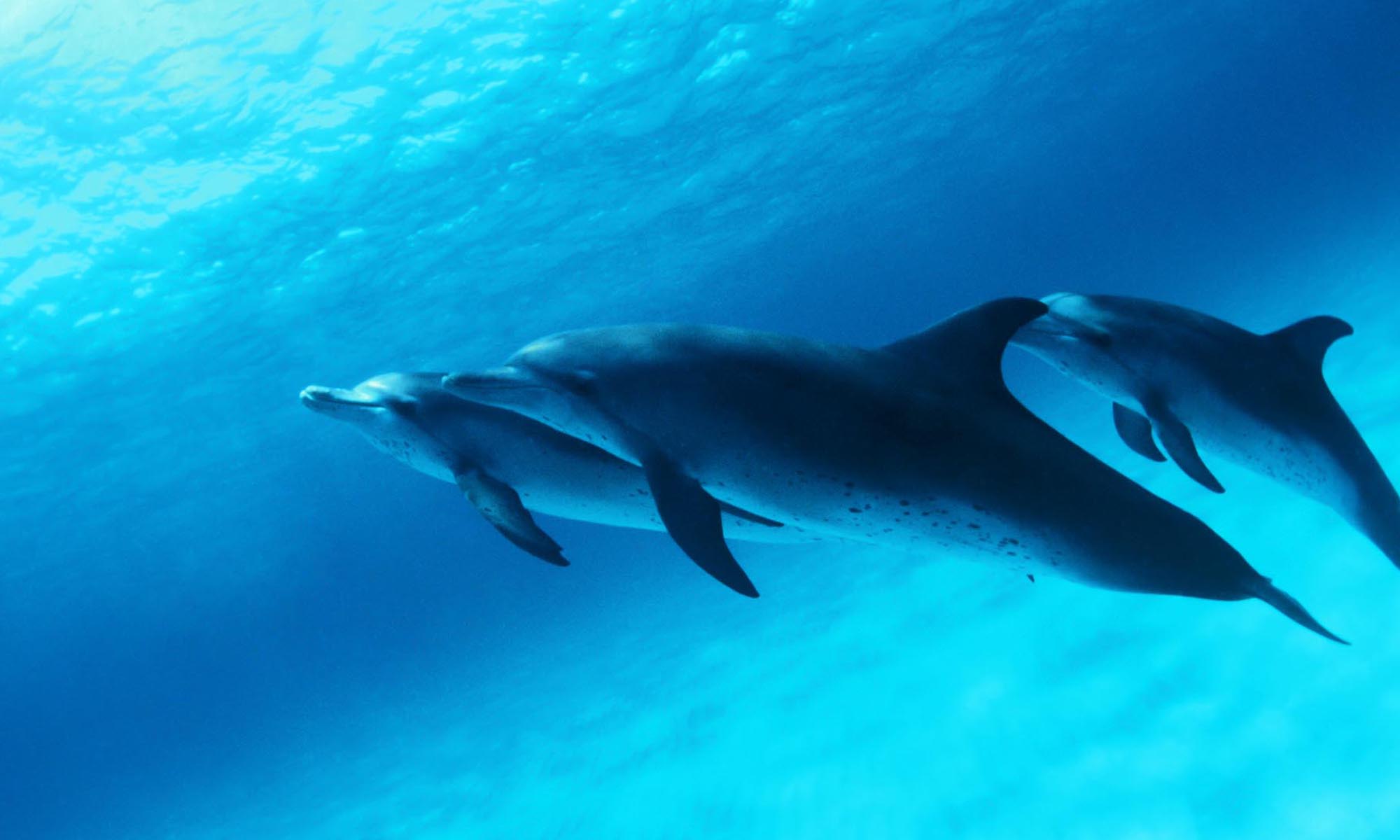By Michelle Pardo
Question: What do you get when you cross an Austin Blind salamander, a Barton Springs salamander, a golden-cheeked warbler, and a Texas highway project?
Answer: An Endangered Species lawsuit.
On February 28, 2019, environmental advocacy group Save Our Springs (SOS) and frequent litigator Center for Biological Diversity (Center) sent a 60-Day Notice of Intent to Sue letter to the Texas Department of Transportation (TexDOT), the US Department of Interior and the US Fish and Wildlife Service (FWS), which is a prerequisite to filing a lawsuit pursuant to the Endangered Species Act (ESA).
The ESA is a federal law that prohibits the “taking” of threatened and endangered species, 16 USC § 1538; “take” has means to harass, harm, pursue, hunt, shoot, would, kill, trap, capture or collect (or attempt such conduct).
The environmental groups claim that the construction of the MoPac Intersections Project, a federally-funded highway project for which the TexDOT is the lead agency, risks an illegal “take” of three endangered species. According to the city of Austin’s official government website, the Austin Blind Salamander gets its name because it does not have “image-forming eyes”, a result of living in its dark, underground habitat in the waters of Barton Springs. The aptly-named Barton Springs salamander shares this same habitat. The other critter named in the potential lawsuit – the golden-cheeked warbler – was one of the eight endangered species protected by the first major urban habitat plan in the country. The groups claim that tree removal due to construction impacts the warbler’s nesting and foraging behaviors.
This isn’t the first time the Center for Biological Diversity has advocated for a screeching halt to a significant transportation project. Back in 2014, it joined others in threatening to sue federal agencies involved in a light rail project in the Washington, DC suburbs that was being constructed near the habitat of a tiny, colorless, blind, shrimp-like critter that (allegedly) lived underground near the construction. Ultimately, that species proved difficult to actually locate. That case was dismissed in 2017.
The Notice Letter alleges that the highway project is located in “one of the most environmentally sensitive and significant areas in the State of Texas” and that the habitat on which these animals depend would be compromised by the construction.
TexDOT had previously determined that the Intersections Project may affect, but is not likely to adversely effect, these species (having initially concluded that the project would have “no effect” on the species). The environmental groups allege, among other things, that groundwater flow from the Intersections Project can provide an avenue for contaminants to reach the salamander habitats. The groups claim that “new information” on the frequency in which the Project has encountered “karst features or voids” and TexDOT’s “failure to fully comply with the conservation measures” required to minimize and mitigate impacts to the ESA-listed species. (For those who didn’t pay attention in geology class, karsts are a type of landscape where the dissolving of rock has created sinkholes, caves and springs). Both groups contend that TexDOT is required to reinitiate its consultation process with the federal agency, which necessarily slows down the project for additional regulatory steps. The environmental groups may not file a complaint in federal court until the expiration of 60 days from the service of the Notice Letter.
